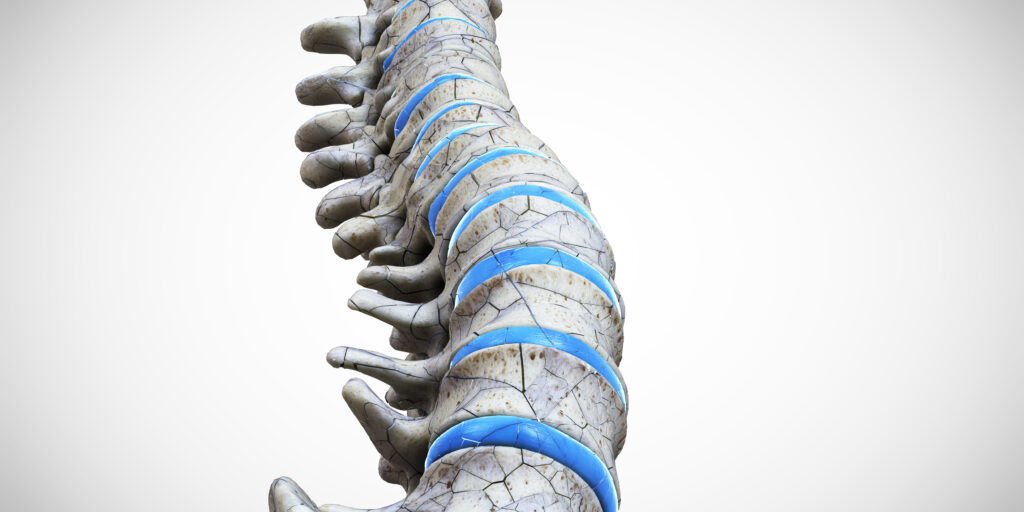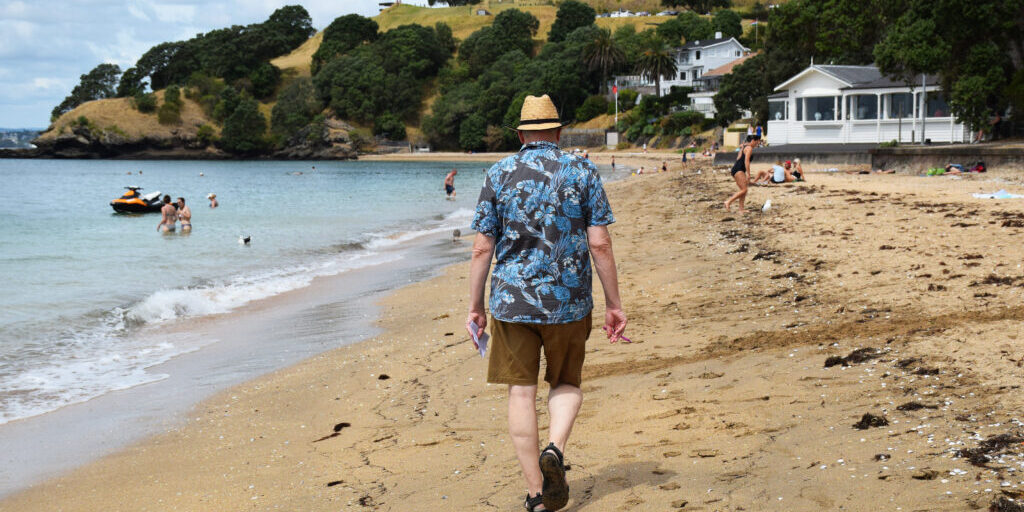The most recent addition to the APFFA Resources page features a short video on how to establish a comprehensive fragility fracture care program. The interview involves Past President of the International Society of Clinical Densitometry (ISCD) and APFFA Education Working Group Chair, Professor Rob Blank, Australia, as interviewer, and Chief of the Department of Radiology at Taipei Medical University, Professor Wing Chan, Taiwan, as interviewee.
Throughout the video, Dr Chan explains the extraordinary time, effort, money and resources he has invested over many years, into building a comprehensive fragility fracture care program at Wan Fang Hospital, Taipei Medical University, comprising 33 technologists, all of whom he has trained personally, in a bid to standardise, and provide quality assurance in osteoporosis care,
By embracing a culture of innovation, and growth, Dr Chan has implemented technology to allow for the automation of DEXA reporting. Similarly, he has worked hand-in-hand with an IT company to establish AI software that captures compression fractures on CT scans for opportunistic compression fracture analysis. According to Dr Chan, in the absence of AI detecting compression fractures, up to 70 per cent of these fractures can go unnoticed.
“There are so many missed cases and signs that we should interpret as osteoporotic, like an empty box appearance, the deformity of the vertebrae, and also some thinning or erosion of the end plate,” said Dr Chan.
The detection of compression fractures presents an enormous opportunity to detect underlying osteoporosis, and for earlier intervention. In countries such as Taiwan, patients need to pay for their own treatment, unless they have a -2.5 T-score, plus one or more compression fractures. This often means patients go without preventative medication, due to the significant costs they would incur.
“Most of the patients don’t take preventative medication, despite the doctors’ recommendations. In Taiwan, patients are responsible for paying for their own treatment, in the majority of cases, when a compression fracture is not identified,” Dr Chan said.
Due to Taiwan’s rapidly ageing population, Prof Chan’s hospital granted him permission to establish a multidisciplinary clinic in 2019, staffed by physicians across a broad range of specialities, including an endocrinologist, neurosurgeon, orthopaedic surgeon, radiologist, nutritionist, and a clinical nurse who coordinates all patient care. Across the six clinics, there are currently 700 cases of hip fracture. To date, data has been collected from more than 50,000 cases of quality DEXA reports. Data on body composition, including measurement of the gait, hand grip, and also the nutrition status, is gathered and registered with the hospital’s Osteoporosis and Sarcopenia Care Center.
Unfortunately, the resources available in local Taiwanese hospitals are very limited, making it difficult for clinicians to promote optimal osteoporosis care in local clinics. In the absence of X-ray machines in local hospitals, patients are often referred to larger regional hospitals, and subsequently, often become lost in the system.
To address the barriers associated with the establishment of a comprehensive fracture care program, Dr Chan provides the following advice:
- Adhere to international DEXA scanning standards.
- Utilise databases to reach 30 per cent of post-menopausal women who are at risk of osteoporosis.
- Keep a record of positioning and beta analysis performed by technologists.
- Invest in an innovation culture and train for an opportunistic ‘Capture the fracture’ ‘concept’.
- Train colleagues to optimally detect compression fractures.
- Offer support, passion and consistency.
To learn more, watch Prof Blank’s and Prof Chan’s interview here, which also features on the Taiwanese Osteoporosis Association (TOA) and the Radiological Society of the Republic of China, Taiwan Radiological Society (RSROC) websites.





